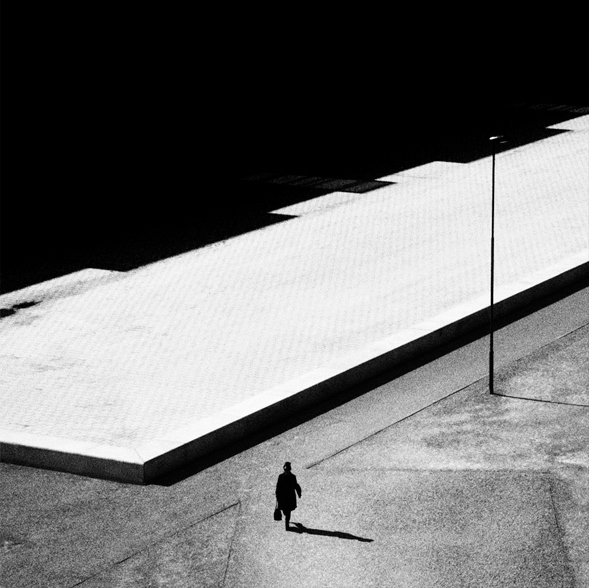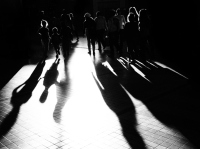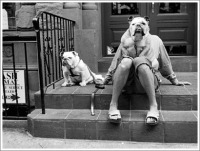Henri Cartier-Bresson said; “To me, photography is the simultaneous recognition, in a fraction of a second, of the significance of an event.” And this goes also for the black and white photographs by Dutch photographer Job Jonathan Schlingemann. He too tries to find the significance of an event. That moment of the day in which something special happens. What that is? Who knows. All he tries to capture is the emotion that clarifies that intersection of time, light and scene into one single photograph. To quote Job Jonathan Schlingemann:
In my work I am looking for subtle moments of beauty in everyday life. Ordinary occurrences that by play of light and manner of perception for ta brief time create something extra-ordinary. A photograph works for me if subject, light and surroundings merge in perfect harmony to form one whole and triggering one single emotion.
The combination of the black and white, the long shadows and those wonderful compositions does make for an intriguing series. He manages to show us the ordinary in an extraordinary way. I truly feel what he is set out to do. Capturing the beauty in everyday life.
Job Jonathan Schlingemann’s website: www.splinter.tv












































